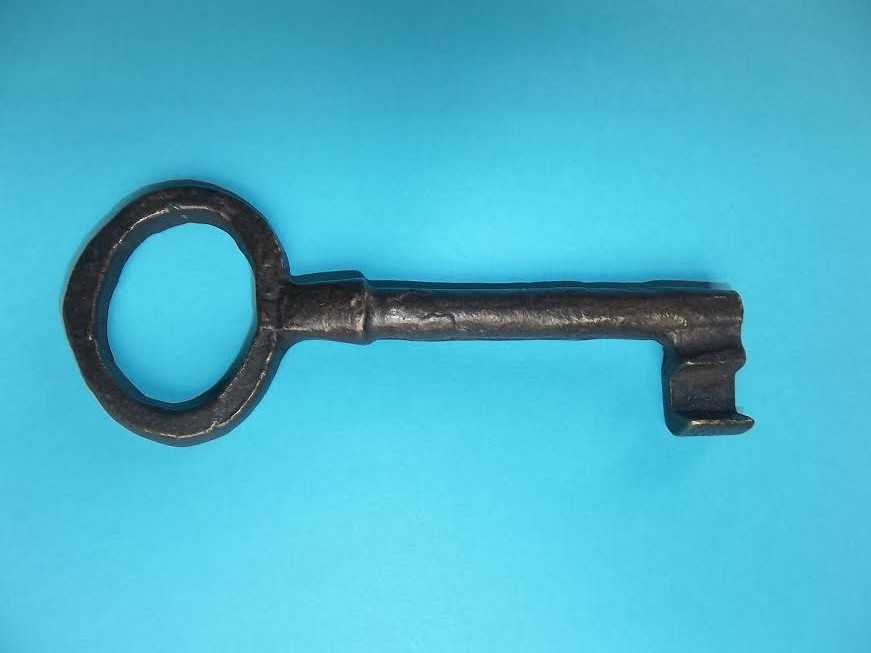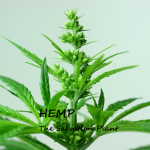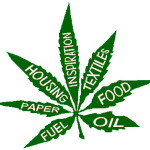HEMP . . . THE SALVATION PLANT
Did you know . . .
there are environmentally sustainable and acceptable alternatives to fossil fuels, global warming, ore/coal mining, pesticide-drenched cottons, toxic processed foods and planet-threatening deforestation? And all the alternatives come from the same safe, environmentally-friendly, abundant, fast-growing, inexpensive source?
HEMP.
No other natural resource offers the potential of hemp with over 25,000 products and 50,000 uses.
First, let’s clear the air about hemp and marijuana.
Industrial hemp and marijuana are both Cannabis Sativa.
Rottweilers and Chihuahuas are both Canis lupus.
The differences between hemp and marijuana are similar to the differences between a Rottweiler and a Chihuahua.
The chemical ingredient in marijuana that gets a person high is THC (delta 9-trans-tetrahydrocannabinol).
Although hemp and marijuana come from the same species of plant, marijuana strains are bred for their high THC and mind-bending content while industrial hemp strains are bred for maximizing fiber (for clothing and construction), seeds and oils.
To say that these two plants are identical, is to say there is no difference between a Chihuahua and a Rottweiler.
Some facts about hemp:
Hemp is so low in THC, a person can NOT get high from it. Nor can they get high from the seeds or oil.
The first bible, the Declaration of Independence and the Constitution of the United States, were written on hemp paper. The first American flag was made of hemp.
George Washington and Thomas Jefferson were hemp farmers.
Hemp was so valued in Colonial times that taxes were ofter paid in hemp. It was also used as currency when money from the government was in short supply.
Hemp fibers are longer, stronger, more absorbent and more mildew-resistant than cotton.
Hemp can displace cotton which is usually grown with massive amounts of chemicals harmful to people and the environment. Fifty percent (50%) of all the world’s pesticides are sprayed on cotton crops.
Hemp is naturally resistant to most pests, precluding the need for pesticides.
It grows tightly spaced, out-competing any weeds, so herbicides are not necessary. It also leaves a weed-free field for a following crop.
Hemp sails & rope carried Columbus to the “new world” in 1492. Columbus’ ships carried hemp seed for use in case of shipwreck, to grow crops for raw materials & as a source of nutrition.
A SAMPLE OF HEMP‘S USES INCLUDE:
Housing
Hemp based materials can replace wood and other materials used to build homes and other structures including foundations, walls, shingles, paneling, pipes, safe and powerful insulation, and paint.
The modern hemp building materials Hempcrete and Isochanvre are lightweight, waterproof, fireproof, self-insulating, and resistant to pests.
Hemp is the miracle plant of our time, breathing in 4 times the carbon dioxide (CO2) as trees during it’s 12-14 week growing cycle. Trees take 20 years to mature versus 4 months for Industrial Hemp!
Our forests are being cut down 3 times faster than they can grow.
One acre of hemp produces as much cellulose fiber pulp as 4.1 acres of timber!
Fuels (Biomass)
Hemp oil can be used to light lamps and create biofuels to replace fuel for engines. Unlike fossil fuels, biofuels are renewable and produce less of the greenhouse gas carbon monoxide.
Plastics
The basic building block of plastics is cellulose taken from petroleum, but toxic petrochemical compositions are not the only way to derive plastics.
Plastics can be derived from plant cellulose, and since hemp is the greatest cellulose producer on Earth (hemp hurds can be 85% cellulose), it only makes sense to make non-toxic, biodegradable plastic from hemp and other organics, instead of letting our dumps and oceans fill up with plastic trash.
The reason why European car makers are switching to hemp based door panels, columns, seat backs, boot linings, floor consoles, instrument panels, and other external components is because the organic hemp based products are lighter, safer in accidents, recyclable, and more durable. Emphasis on “lighter” (more miles to the gallon) and “more durable” (much stronger than steel!)
Medicines
Just one study,
http://pubs.acs.org/doi/full/10.1021/np8002673#sthash.Zf1cEVbl.dpuf
concluded:
“Given the availability of C. Sativa strains producing high concentrations of nonpsychotropic cannabinoids (industrial hemp), this plant represents an interesting source of antibacterial agents to address the problem of multi-drug resistance in MRSA and other pathogenic bacteria. This issue has enormous clinical implications, since MRSA is spreading throughout the world and, in the United States, currently accounts for more deaths each year than AIDS.”
It has also been shown to eradicate tumors and cancer cells in mice and in vitro. How about in humans?
There are many other studies and medical uses for hemp and much more research is needed.
Foods and nutrition
Hemp seeds and hemp oil are highly nutritious and delicious. Hemp seeds are an excellent source of protein, minerals, and dietary fiber. Hemp is the only plant that contains all of the essential fatty acids (and in the perfect ratio) and amino acids required by the human body.
Hemp oil can be used in products such as salad toppings and hummus. The kernels can be split and sold as hemp hearts.
Hemp can used in everything from nutrition bars to coffee, flour, milk, ice cream and pet food. The good fat (unsaturated) – makes up 39% of a hemp seed’s composition; protein accounts for 33%; carbohydrates 12. It’s high in dietary fiber.
Hemp is gluten-free!
Hemp may very well solve our most imminent health, natural resource, economic and world-wide environmental issues.
Our salvation plant.



